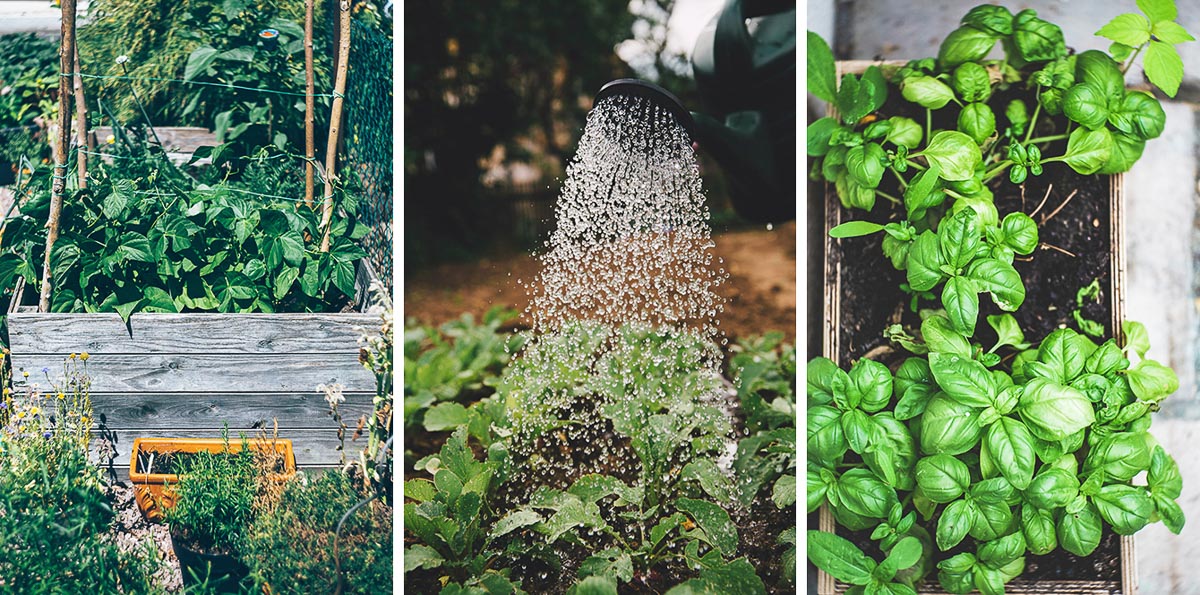Getting The City Blooming To Work
Getting The City Blooming To Work
Blog Article
The Best Strategy To Use For City Blooming
Table of ContentsThe 3-Minute Rule for City BloomingThe Single Strategy To Use For City BloomingThe Main Principles Of City Blooming An Unbiased View of City BloomingThe Greatest Guide To City Blooming

As you walk the streets of the Bronx, Southside Chicago or East Oakland, you may see have actually even seen large plots of ripening fruits and vegetables being collected. What specifically are city farms and community yards? Urban agriculture, city farming, or city horticulture is the practice of cultivating, processing and distributing food in or around city locations.
Generally, metropolitan farming as a practice is a bigger investment than horticulture. There are numerous much more hours invested into the trivial matters of farming, from the crop plan to the having a tendency of your beds. This time dedication handles a whole new significance once you understand the goal that is being functioned in the direction of and committed, particularly that of gaining a plentiful return of crops to be consumed.
An area garden is a solitary piece of land gardened jointly by a team of people. Community gardens make use of either private or common stories on private or public land while producing fruit, veggies, and/or plants grown for their appealing appearance. The standard design here is that a huge group of individuals each contribute a reasonably little quantity of time to working their very own story, and get the fruits of their labor as a result.
The Main Principles Of City Blooming

, and neighborhood organizations by assisting them develop and expand their own yards. The distinctions between community garden and metropolitan ranch are nuanced, though in the end the very same basic activity takes placefood crop growing yet within various business frameworks - sustainability.
Urban ranches are usually much more company and technology oriented, with the key purpose of making the most of returns and offering produce. Business city ranches are frequently aimed at expanding production on generally small acreage with innovations in modern technologies such as aquaculture, hydroponics, and greenhouses and may partner with an industrial kitchen to develop locally-produced value-added products such as jams and sauces.
Some Known Details About City Blooming
The produce is typically grown on a much smaller range and is taken home to eat at home or to share. By providing much required eco-friendly areas in destitute, concrete metropolitan areas, they enable the advantages of backyard horticulture to those doing not have backyards, and work as outstanding instances of self-organization and area advocacy.
Some community gardens, often in metropolitan locations, move right into growing for business use while some city farms open up their land for more socially aware benefits. No matter exactly how you specify and set apart both, they are both favorable forces forever in cities around America and the globe. They both provide easier access to fresh, neighborhood produce; enhance a neighborhood's visual; and serve as superb educational tools, teaching people where their food comes from. Tiny Axe Peppers has already partnered with over 73 area yards around the United States.
As all of Small Axe Peppers' hot sauces are sourced with peppers from neighborhood yards, your purchases straight help fund these local projects (https://www.openstreetmap.org/user/cityblooming). Take part in the transformation by.
A close friend of mine just recently commented in a discussion concerning horticulture that "It's interesting, I have actually constantly assumed that farming as a technique is rather like horticulture. As I invested even more and more time in my official website Urban Farming class I've come to realize that to state that gardening is a tiny extension of agriculture would be a bit of stretch.
City Blooming for Beginners
They both revolve around the treatment of plants for some goal that can be nourishment, profit or simply the pleasure of the craft. Moreover they both require a financial investment in addition to a time financial investment, something that a lot of individuals in our fast paced life do not have a lot of - fruit and vegtables.
We can see that the similarities are abundant, yet are the differences enough to create a distinction? As a student at NYU I have the opportunity to function with the leave It Much better Foundation, a group that teaches standard nutrition and horticulture to secondary school students. https://www.easel.ly/browserEasel/14490178. This experience offered me a thorough foray into the world of amateur gardening past what the majority of people have actually touched with
Farming as a method is a larger financial investment than gardening. There are plenty of extra hours spent right into the minutiae of farming, from the plant plan to the tending of your beds.
The ordinary gardener goes about his obligations as a duty instead of a need and therefore distinguishes his or herself from the farmer. With this distinction in hand, they are both calming and relaxing exercises that anyone can choose up, which by itself needs to be an ad for both.
Getting My City Blooming To Work
Something failed - fruit and vegtables. Wait a moment and try again Try once again
Report this page